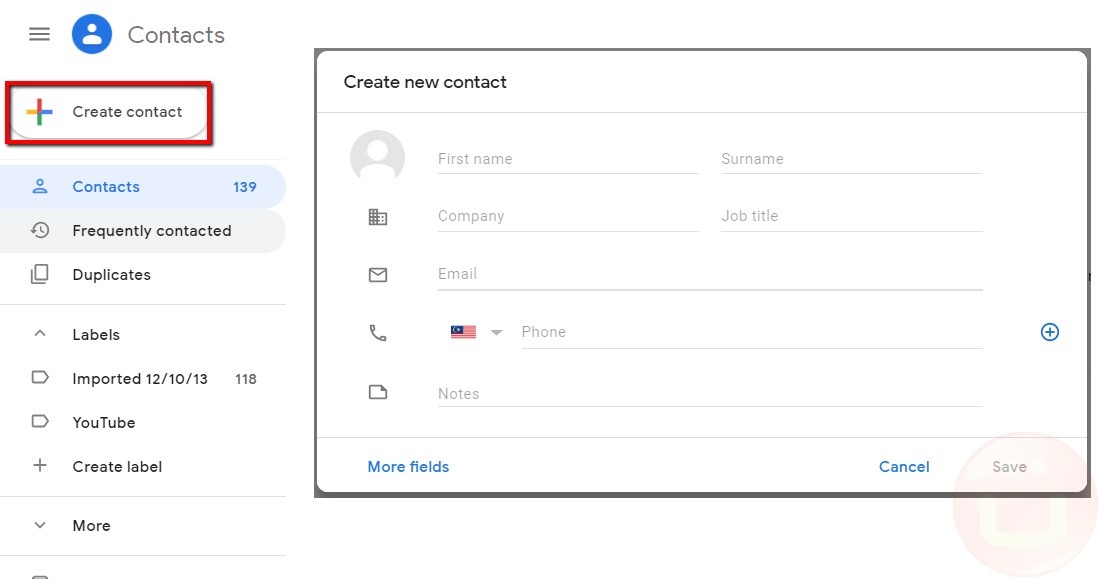Effective Ways to Draw Out a Splinter: Smart Techniques for 2025
Getting a splinter can be a minor yet bothersome experience, especially for children who may panic at the thought of removal. It's crucial to learn effective ways to draw out a splinter to ensure a quick and pain-free experience. Knowing how to remove a splinter safely not only alleviates discomfort but also minimizes the risk of infection. This article will delve into various splinter extraction methods, highlight home remedies for splinter removal, and discuss the tools necessary for effective splinter care.
Understanding how to treat a splinter effectively is essential for everyone in your home. From using tweezers for splinter extraction to employing less conventional methods such as warm compresses, we'll cover it all. Additionally, we'll share insights into splinter care for children, addressing their unique needs during splinter removal. As we proceed, we will also cover when it's necessary to seek professional help for splinter complications, ensuring you're well-prepared for any situation.
By the end of this article, you'll have a comprehensive guide on splinter removal techniques, tools, and safety measures, allowing you to confidently handle splinter situations at home. Let’s take a closer look at the best practices for dealing with splinters so that your family stays safe and well-cared for.
Understanding Splinter Types and Their Risks
Before diving into splinter removal techniques, it's crucial to understand the different types of splinters and the associated risks. Splinters commonly originate from wood, glass, metal, or plastic, each posing unique challenges in their removal. For instance, wooden splinters can cause allergic reactions if untreated and may harbor bacteria.
Identifying the Type of Splinter
Identifying the type of splinter is vital for effective removal and care. Wooden splinters often have a rough texture and can be embedded deeply within the skin. Glass splinters, on the other hand, may leave little visible traces and can create more complex extraction challenges. Knowing exactly what you've dealt with can help you decide on the best approach for removal.
Understanding the Depth of a Splinter
Determining how deeply a splinter is embedded is another critical factor. Shallow splinters are often easier to extract and can usually be removed using tweezers or a needle. In contrast, deeply embedded splinters may require more careful consideration. Understanding splinter depth can help you decide whether to proceed at home or seek professional assistance.
Managing Pain from Splinters
Splinter removal can sometimes lead to discomfort or pain. There are various ways to address this discomfort, from using topical numbing creams to applying a warm compress prior to extraction. Understanding how to soothe splinter pain can make a significant difference, especially for children who are particularly sensitive. Consider discussing pain management options with your child to alleviate anxiety before proceeding with removal.
Now that we have explored the types of splinters, their risks, and how to manage pain, let’s dive into the essential techniques for removing a splinter effectively.
Essential Techniques for Splinter Extraction
Once you understand the types of splinters and their potential complications, you are better equipped to handle splinter extraction. Here we will explore various splinter removal techniques, ensuring you have both traditional and alternative methods at your disposal.
Using Tweezers for Splinter Removal
One of the most common methods for removing a splinter is by using tweezers. When using tweezers, ensure the tools are clean to minimize infection risk. Grasp the splinter close to the skin and pull it out slowly in the same direction it entered. This method works best for splinters that are visible and prominently sticking out.
Employing a Warm Compress
A warm compress can soften the skin around the splinter, making extraction easier. To use a warm compress, soak a clean cloth in warm water, wring it out, and apply it to the affected area for several minutes. This technique is especially beneficial for deeply embedded splinters as it can help bring them closer to the skin surface.
How to Use a Needle for Splinter Removal
If a splinter is deeply embedded and difficult to grasp with tweezers, using a sterile needle could be a suitable alternative. Gently insert the needle under the skin at the edge of the splinter and carefully lift it out. This method requires patience and a steady hand to avoid causing further injury.
Using Duct Tape for Safe Removal
For smaller splinters, duct tape can serve as a surprisingly effective removal tool. Apply a piece of duct tape over the splinter, pressing down to ensure a good seal. After a few minutes, gently peel the tape off in the direction opposite to how the splinter entered. This method can sometimes pull the splinter out with minimal discomfort.
With these extraction techniques in mind, it's important to pay close attention to post-removal care to minimize the risk of infection.
Aftercare for Safe Splinter Management
Post-removal care is just as critical as the extraction process itself. Proper wound hygiene can significantly reduce the chances of splinter infections and promote faster healing.
How to Clean a Splinter Wound
After the splinter has been removed, it's essential to clean the wound thoroughly. Start by rinsing the area under warm water, gently scrubbing with soap if necessary. Following this, apply an antiseptic solution or cream to the area to further prevent infection. Proper cleaning is key to ensuring the splinter site heals well without complications.
Bandaging the Site After Removal
Once the area is cleaned, consider bandaging the splinter site to protect it from dirt and debris. Use a sterile bandage that allows the skin to breathe. This will also help keep the area moist, which can aid the healing process. Monitor the bandage for any signs of swelling or redness that might indicate infection.
Identifying Signs of Infection
It's crucial to be vigilant about potential wound infections after removal. Signs include increasing redness, swelling, pus, persistent pain, and fever. If any of these symptoms appear, consult a healthcare provider immediately. Understanding when to seek medical help can prevent further complications and ensure a safe recovery.
Having discussed splinter aftercare, let’s move into additional techniques and tools for effective splinter care.
Best Tools and Home Remedies for Splinter Care
Equipping your home with the right tools and understanding home remedies can make a significant difference in how your family handles splinters. Here are some recommended tools and effective home remedies for splinter management.
The Best Splinter Kits to Have at Home
A well-stocked first aid kit for splinter care should include essential items like tweezers, a sterile needle, antiseptic wipes, and bandages. Consider adding special tools designed for splinter removal such as splinter grabbers, which can be helpful for safely extracting difficult splinters. These tools ensure you're always prepared to address unexpected splinter incidents.
Natural Remedies for Treating Splinter Pain and Prevention
Natural remedies can offer relief and support during the splinter removal process. Essential oils like tea tree oil possess antibacterial properties that can prevent infection. Similarly, herbal remedies such as Epsom salt baths may help draw out splinters and reduce inflammation. Utilizing natural products in your splinter care routine can enhance healing while minimizing chemical exposure.
Emergency Splinter Care Tips
In some cases, immediate splinter extraction may be necessary. If you can’t remove a splinter and you're facing increasing pain or signs of infection, seeking urgent care may be the best choice. Considering options for professional splinter removal provides peace of mind that you’re addressing the issue safely and effectively.
Holistic Approaches to Splinter Management
Lastly, taking a holistic approach to splinter management involves understanding and addressing the emotional aspects of splinter experiences. Practicing kindness and patience during the extraction process, especially with children, can alleviate anxiety. Building positive associations with splinter care will create a healthier perspective towards managing unexpected incidents.
Q&A Section: Common Concerns about Splinter Management
What should I do if a splinter is deeply embedded?
If a splinter is deeply embedded and cannot be easily removed with tools at home, consult a healthcare provider. They can provide professional treatment to ensure safe and effective removal.
How can I prevent splinters in the future?
To prevent splinters, consider wearing gloves while engaging in activities that may expose your skin to potential splintering materials, such as wood or metal. Educate children about being cautious around these materials to minimize risks.
Are there any home remedies that can help with splinter pain?
Yes, remedies such as warm compresses, essential oils, and over-the-counter pain relief medications can help alleviate splinter pain. Always consult a medical expert before applying any home treatments, especially for children.
When should I seek medical attention for a splinter?
Seek medical attention if the splinter is deeply embedded, signs of infection appear, or if you are unable to remove the splinter after several attempts. Medical professionals can provide appropriate treatment to prevent complications.
Can children help with splinter removal?
While children can assist in locating a splinter or keeping the area clean, it is often best for adults to take the lead on removal to ensure it is handled safely and effectively.


